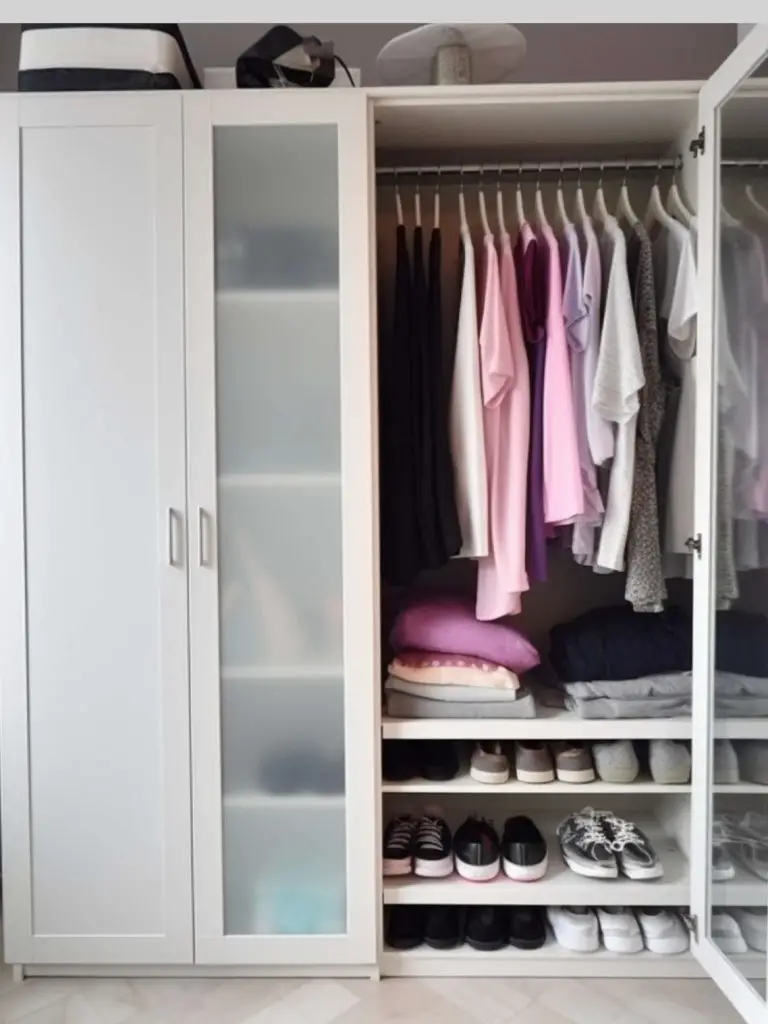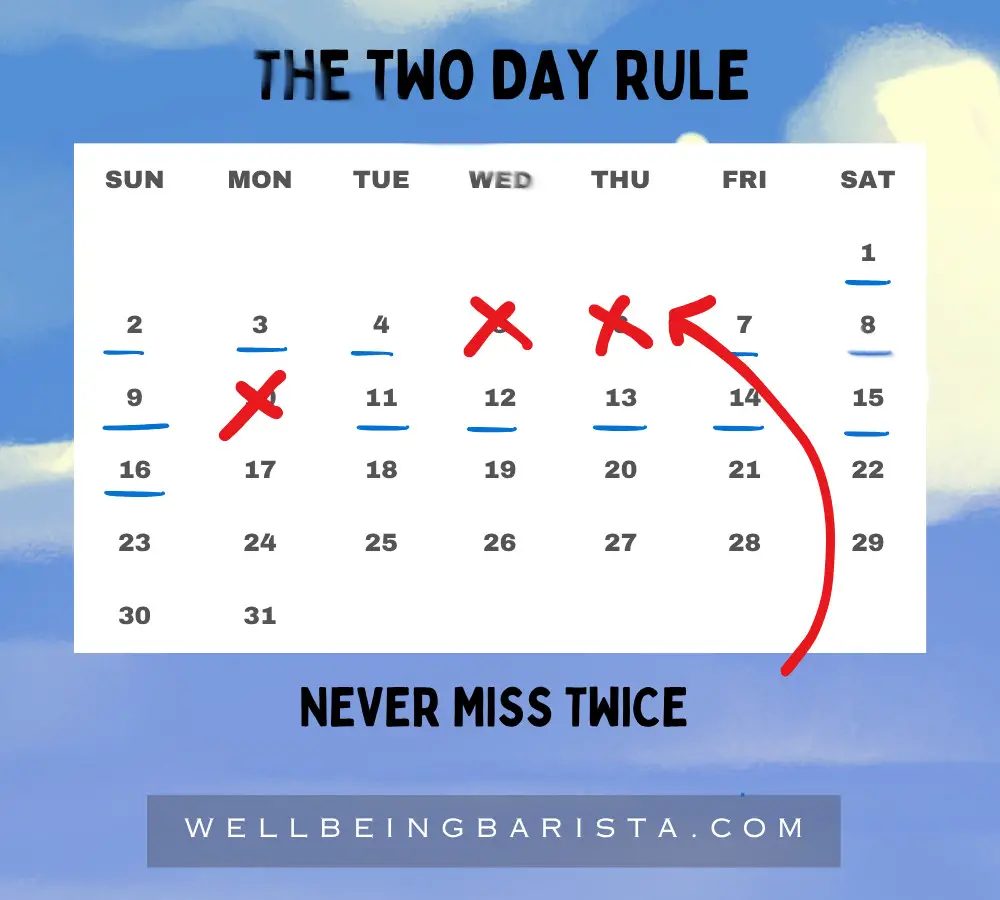Ever felt overwhelmed by a massive goal or New Year’s resolution that fizzled out by February? You’re not alone. The truth is, real change doesn’t happen in big, dramatic bursts. It happens in tiny steps, repeated daily. Tiny habits provide the perfect low-friction entry point:
- Builds momentum fast
- Minimal time investment
- Easy to adjust
I’ve seen it work—not just for myself, but for others too. Whether it’s improving health, relationships, or tidying the house, the Tiny Habits Method by BJ Fogg offers a refreshingly simple path to transformation.

Feeling Stuck? Small Tweaks Can Change Everything
As the year draws to a close, a quiet storm brews inside us. We take stock—of wins, missteps, and time that slipped away. And then, almost reflexively, we scroll. A friend’s promotion. An influencer’s glow-up. The comparison hits hard. Yet—even in this digital haze—there’s power. A single image, a fleeting caption, can jolt something awake in us. Clarity strikes. This is what I want. This is who I want to be. And just like that, the spark turns into a fire: “If I stick to the small daily changes, maybe this is the year I will look in the mirror and recognise myself again.” The surge of motivation is electric. This time, it’s not just a wish—it feels like destiny.

Habits are like plants—tiny at first, but full of potential.
Think of forming a habit like nurturing a plant. Here’s how it works:
- Tiny Habit -> You begin with something small—a seed, a sprout, a humble start.
- Anchor -> Then, you place it somewhere it can grow—your garden’s sweet spot, with just the right light and care.
- Celebration -> You nourish it—regular watering, a little attention, consistency.
Over time, that small, almost invisible change takes root. And if you keep at it, it grows into something real. Something alive. Something lasting.
Anatomy of a Tiny Habit
Now let’s bring that into habit-building:
You start with a tiny behavior—just one push-up, one journal line, one mindful breath.
You anchor it to your existing routine—after coffee, before brushing your teeth.
You nurture it—with repetition, celebration, and tracking.
Bit by bit, your new habit takes hold. It becomes part of you.
Will it be perfect? Nope. But neither is gardening. Sometimes you overwater, sometimes you forget. That’s okay. You’ll get better. You’ll learn what works for you. And just like that, you’ll grow habits that can transform your life from the inside out.
Every tiny habit has three key parts:
- Anchor: A behaviour you already do (like brushing your teeth).
- Tiny Action: A small step (like flossing one tooth).
- Celebration: A quick, positive reinforcement (like saying “I’m awesome!”).
This structure creates a habit loop your brain can follow without resistance.
Tiny Habits vs. Traditional Goals
Many people fall into the trap of setting lofty goals—“I’ll go to the gym every day,” or “I’ll write a book this year.” While ambitious, these goals often rely on high motivation, which is fleeting.
High motivation helps—but only short-term.
Motivation can power us through urgent, simple tasks—like packing for a move. But it fades fast. That’s why we often quit the gym or diets by February. Real change—like losing weight or getting fit—is a marathon, not a sprint. To succeed, we need strategies that don’t rely on constant motivation.
Tiny habits, on the other hand:
- Don’t need motivation to get started
- Are easy to repeat daily
- Build momentum rather than pressure
Think of it this way: goals focus on the outcome, while tiny habits focus on the process. And it’s the process that leads to long-term change.
Why Tiny Habits Work and the Science Behind It
- Neuroplasticity – Let’s talk science. Tiny habits work because they tap into the brain’s natural learning system. The brain can rewire itself with repetition. Even small daily actions can build new neural pathways, making the habit feel automatic over time.
- Fogg’s model – According to Fogg, behaviour = motivation × ability × prompt. A tiny habit removes the need for high motivation by making the action so small it’s almost effortless.
- Small wins = Big results – Behavioural science shows that small, successful actions release dopamine, reinforcing the behaviour and making it more likely to repeat
The Role of Identity in Habit Formation
Tiny habits not only shape behaviour—they shape identity. By doing a small action daily, you begin to see yourself differently:
- One push-up? Now you’re “someone who works out.”
- One sentence in your journal? You’re “a writer.”
This identity shift is crucial. According to James Clear, “Every action is a vote for the type of person you wish to become.” Tiny habits cast those votes every day.
This concept is powerfully illustrated in the Mediterranean Lifestyle: Identity-Based Habits approach, where small, consistent choices like walking after meals or savouring whole foods help reinforce a healthy identity.

Step-by-Step Guide: How to Create a Tiny Habit
Start Tiny to Build Lasting Habits.
In the Tiny Habits method, you begin with a simple, easy action—like flossing one tooth or reading one sentence. Why? Because motivation naturally fluctuates, and hard tasks require high motivation, which isn’t reliable. Tiny actions, on the other hand, are easy to do even when motivation is low. By making these small behaviours automatic, they become solid habits you can later grow. Like planting a seed—simplicity helps it take root, then thrive.
Simplicity changes behaviour.
| Area | Tiny Habit | Anchor |
|---|---|---|
| Fitness | 1 push-up | After brushing teeth |
| Mindfulness | 1 deep breath | After turning off alarm |
| Productivity | Write 1 sentence | After coffee |
| Cleanliness | Wipe sink | After washing hands |
| Relationships | Send 1 kind message | After opening WhatsApp |
💡 Our Tip: Use habit trackers and stick visual cues like sticky notes on mirrors.

Try this tiny habit: Enjoy your Marocchino coffee at the table—phone-free. Taste the difference.
Now that you know how to start, let’s look at how to choose the perfect trigger.
Everyday Moments make Great Anchors.
BJ Fogg emphasises starting small and attaching new behaviours to familiar routines. Use simple, regular actions—like starting the coffeemaker, feeding the dog, or turning off the light—as triggers for your new habit. Skip alarms and sticky notes. If one anchor doesn’t stick, adjust and try another. You’ll get better with practice
Popular habit anchor examples include:
- After I start the coffeemaker
- After I pee
- After I tie my shoes
- After I feed the dog
- After I turn off the TV
- After I lay down in bed
The key is consistency and making your new behaviour take less than 30 seconds to complete. Want more examples? Check out the full list of suggested anchors.
Celebrate to Rewire Your Brain
Celebration is not optional—it’s essential.
Positive emotion is the key to fast habit formation. When you feel good immediately after doing a new behaviour, your brain takes notice and wires it in. BJ Fogg’s breakthrough technique is simple: celebrate right after your tiny habit—smile, fist pump, or say “Yes!” The stronger the emotion, the quicker the habit sticks. Celebration is a learnable skill, and the better you get at it, the faster your habits form.
Each time you complete a tiny habit, celebrate! Here are simple ways:
- Say, “Yes! I did it!”
- Smile in the mirror
- Do a happy dance
- Use an app that gives you points or fireworks
Celebration trains your brain to associate the behaviour with positive emotions, increasing the odds you’ll repeat it.

How to Scale a Tiny Habit Over Time
Here’s the magic: once the tiny habit becomes effortless, it naturally grows.
Example:
- Start with one push-up
- One day, you do three
- The next week, it becomes five
- Eventually, you’re doing a 10-minute routine—without resistance
Key rule: Growth should feel like a bonus, not a burden. If you miss a day or go back to just one, it’s still a win.
How To Set Up for Success – Creating a Habit-Friendly Environment
Your environment shapes your behaviour more than you realise. Here’s how to set up for success:
- Place reminders where you see them (e.g., sticky notes on mirrors)
- Use friction to your advantage (put your phone in another room if it distracts you)
- Lay out your workout clothes before bed
- Keep a water bottle on your desk to promote hydration
Even minor adjustments can significantly improve consistency.

Common Pitfalls (and How to Overcome Them)
Even small habits can go off track. Here’s how to troubleshoot:
- Forgotten? Set digital reminders or pair with another habit.
- Too hard? Make it smaller. Shrink it to 5 seconds.
- No reward? Add something fun, like a special coffee afterwards.
- “Once is okay, twice is trouble.” Missing a day occasionally is normal—just don’t skip two in a row. That’s when habits start to unravel.

Personal Case Study: A Week of Tiny Habits That Changed My Life
To show how powerful this method is, here’s a simple real-world routine:
Day 1-7 Routine:
| Time | Habit | Anchor | Duration |
|---|---|---|---|
| Morning | 1 push-up | After brushing teeth | 10 sec |
| Midday | Drink water | After lunch | 5 sec |
| Evening | Write 1 line of gratitude | Before bed | 30 sec |
Results:
By day three, I added two more push-ups. By day five, I started enjoying the journaling and extended it to two lines. Not because I had to—because I wanted to. That’s the real power of tiny habits.
FAQs About Tiny Habits
Unlike the myth of “21 days,” habits form based on consistency and context. Most tiny habits feel automatic within 2–4 weeks when done daily.
Any time that you can reliably pair with an existing routine—morning, after meals, or bedtime—works well.
Yes, but start with one or two to avoid overwhelm. Once those feel solid, add more.
No worries! Just resume the next day. Consistency matters more than perfection.
Tiny should feel almost too easy—5 seconds to 1 minute is ideal. If it feels too big, shrink it.
Absolutely! This method is age-neutral and can be tailored to any ability level.
Final Thoughts: Start Tiny, Stay Consistent, Think Big
You don’t need to overhaul your life overnight. In 2025, choose one thing—just one—that you can do daily in under 1 minute.
The rest will follow.
Remember: Small wins lead to massive momentum.
✅ Want More?
- Download a habit tracker from TinyHabits.com
- Try the free “1-minute habit” template on apps like Habitica or Streaks
- Share your own tiny habit wins in the comments below!

Very interesting post. I enjoyed reading it. Thanks for sharing
Thank you!